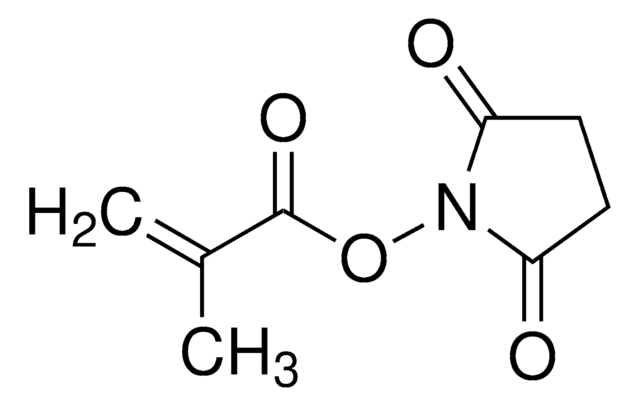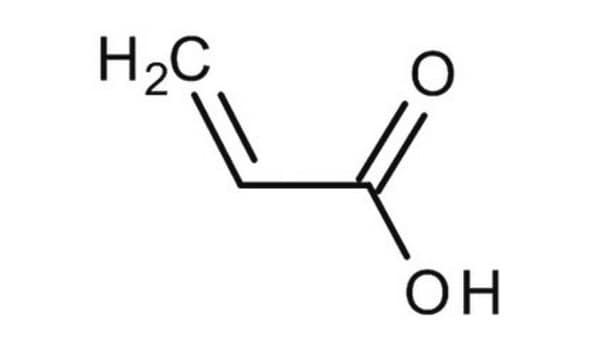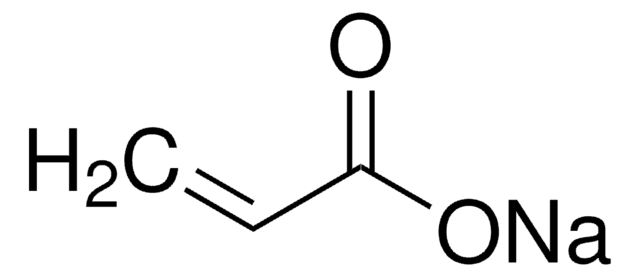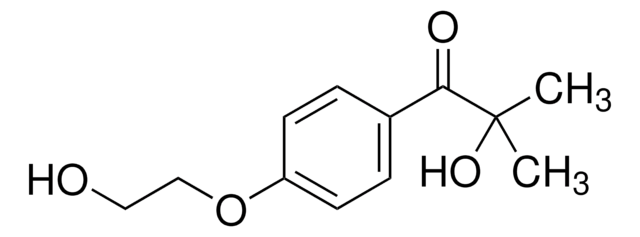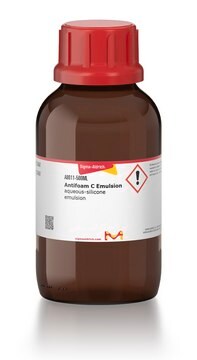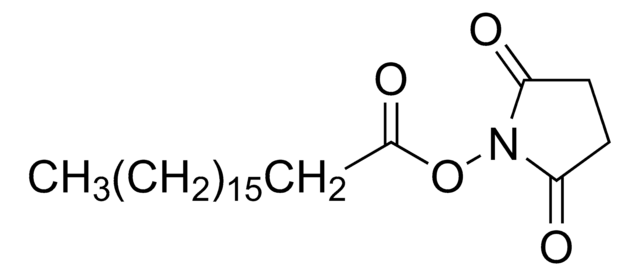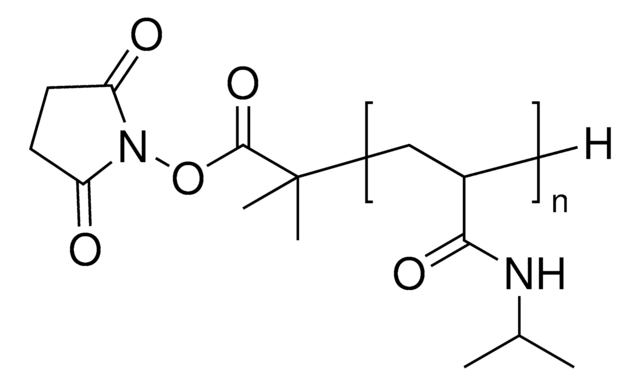추천 제품
애플리케이션
Acrylic acid N-hydroxysuccinimide ester (NAS) is a general acrylating agent that is used in the synthesis of:
- Acrylated hyaluronic acid (HA) hydrogel for bone regeneration applications.
- Injectable, biodegradable, and thermosensitive copolymers for tissue engineering.
- Imidazole-based biocompatible, aqueous quantum dots (QDs).
신호어
Warning
유해 및 위험 성명서
Hazard Classifications
Acute Tox. 4 Oral - Eye Irrit. 2
Storage Class Code
11 - Combustible Solids
WGK
WGK 1
Flash Point (°F)
Not applicable
Flash Point (°C)
Not applicable
이미 열람한 고객
Farshad Oveissi et al.
Biomaterials science, 7(3), 926-937 (2018-12-07)
Novel hydrogels with tunable mechanical properties similar to human soft tissue have increasing applications in biomedicine, soft robotics, and biocompatible electronics. However, most of these materials require multiple-step fabrication, are not robust, and compromise bioactivity. Thus, aiming to address these
Raja Zaidatul Akhmar Raja Jamaluddin et al.
Sensors (Basel, Switzerland), 18(5) (2018-04-28)
A new biosensor for the analysis of nitrite in food was developed based on hemoglobin (Hb) covalently immobilized on the succinimide functionalized poly(n-butyl acrylate)-graphene [poly(nBA)-rGO] composite film deposited on a carbon-paste screen-printed electrode (SPE). The immobilized Hb on the poly(nBA)-rGO
Compact biocompatible quantum dots via RAFT-mediated synthesis of imidazole-based random copolymer ligand.
Liu W, et al.
Journal of the American Chemical Society, 132(2), 472-483 (2009)
Bone regeneration using hyaluronic acid-based hydrogel with bone morphogenic protein-2 and human mesenchymal stem cells.
Kim J, et al.
Biomaterials, 28(10), 1830-1837 (2007)
L Przybyla et al.
Methods (San Diego, Calif.), 94, 101-113 (2015-09-08)
The way cells are organized within a tissue dictates how they sense and respond to extracellular signals, as cues are received and interpreted based on expression and organization of receptors, downstream signaling proteins, and transcription factors. Part of this microenvironmental
자사의 과학자팀은 생명 과학, 재료 과학, 화학 합성, 크로마토그래피, 분석 및 기타 많은 영역을 포함한 모든 과학 분야에 경험이 있습니다..
고객지원팀으로 연락바랍니다.

